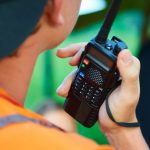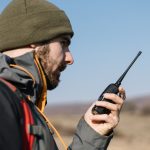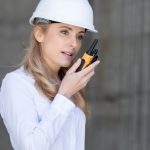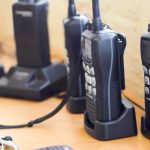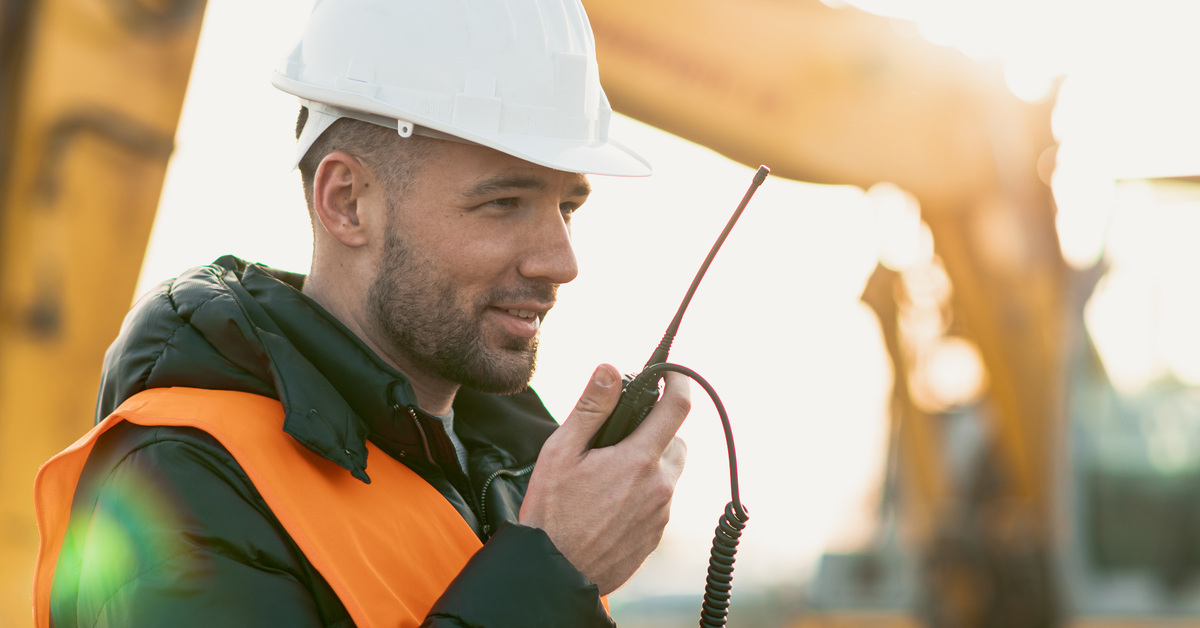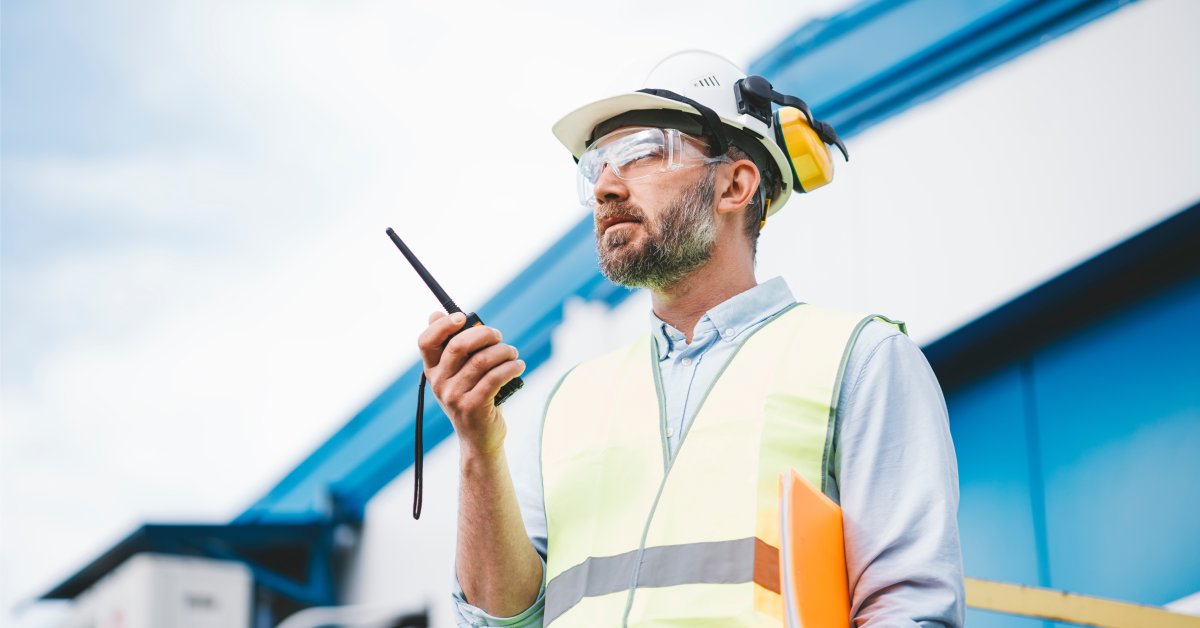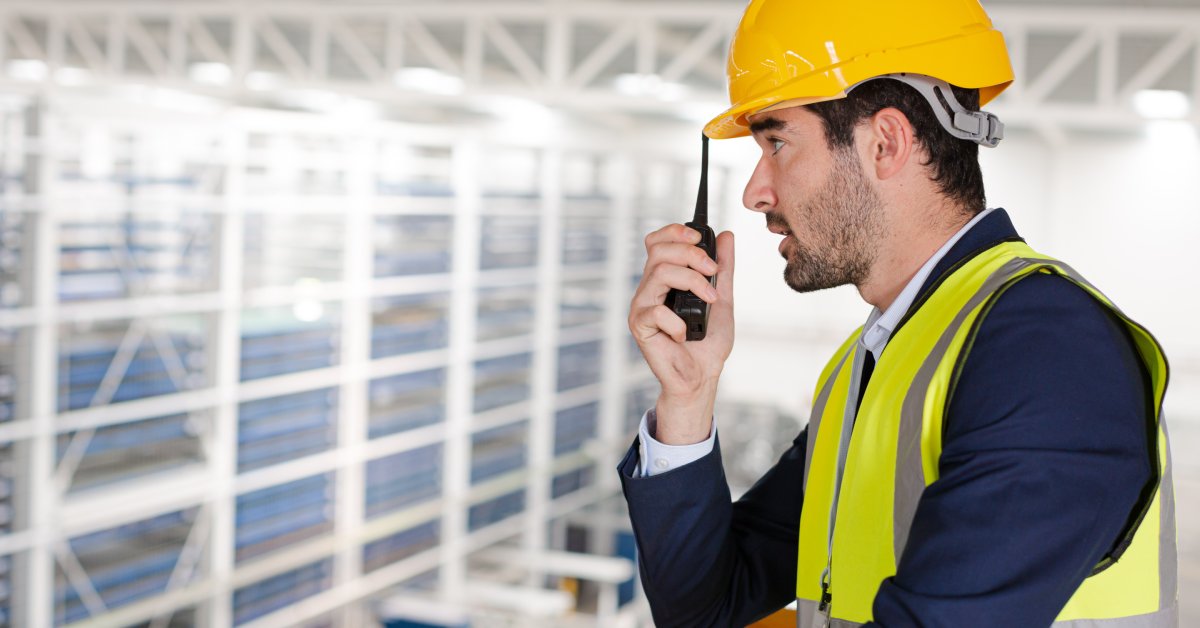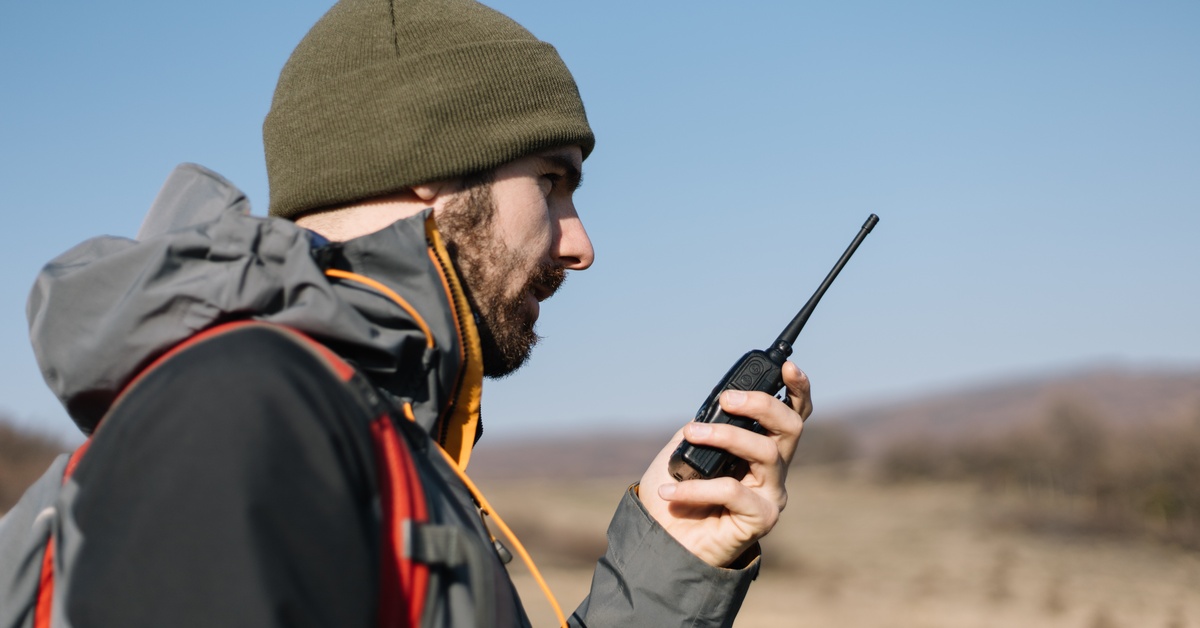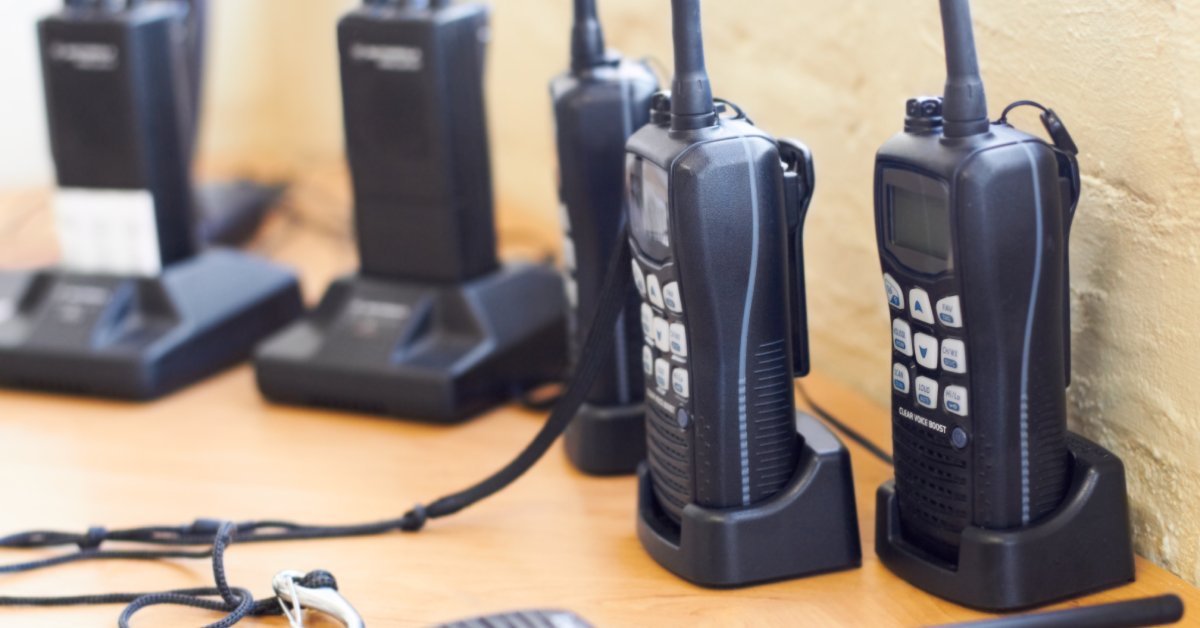Two-way radios play an essential role in connecting people over distances where other means of communication may falter. Whether you’re an outdoor enthusiast navigating remote terrain, part of a search-and-rescue team, or just pursuing a hobby in radio use, understanding how to maximize long-distance communication is crucial.
Effective two-way radio communication requires more than simply pressing a button and talking—it demands a strategic approach to ensure clarity, reliability, and efficiency over extended distances. This guide offers practical tips for long-distance two-way radio communication, covering everything from understanding radio waves to managing power effectively.
Understanding Radio Waves
Before you can improve the performance of your two-way radio, it’s essential to understand how radio waves function. Two-way radios rely on electromagnetic waves to carry signals that travel in straight lines, a concept referred to as line-of-sight. Several factors affect the transmission range, including the terrain, physical obstructions, weather conditions, and the frequency band used.
Certain frequencies, particularly in the very high frequency (VHF) range, excel in navigating open spaces like rural areas but struggle in urban environments filled with obstructions like buildings or dense foliage. On the other hand, ultra-high frequency (UHF) signals can penetrate barriers better, but open areas may limit their effective range. By understanding how these waves interact with their surroundings, users can frame realistic expectations and tailor their strategies accordingly.
Choosing the Right Equipment
Selecting the right radio equipment is a critical step. Not all two-way radios are created equal, and their performance can vary significantly based on design, power output, and features. High-powered radios generally provide better range capabilities, but they also consume more energy, which requires careful planning around battery life.
Additionally, the type of antenna included with the radio can make a world of difference. Radios with external, detachable antennas offer flexibility in upgrading to higher-gain models that boost range. Choosing radios designed for your specific needs—whether for recreation, professional use, or emergency preparedness—ensures the tools you’re using are suited for the demands of long-distance communication.
Optimizing Antenna Placement
Even with powerful equipment, the performance of your radio system depends heavily on the positioning and height of its antenna. The concept of line-of-sight means obstacles such as hills, buildings, and even dense trees can interfere with transmission. Positioning an antenna at a higher elevation minimizes these obstructions, allowing signals to travel further.
Mounting an antenna on a rooftop or vehicle or using telescoping masts in open areas can significantly improve range. When elevation isn’t naturally available, creating an artificial height advantage can help bridge the distance between two radios. The higher the antenna, the less likely it is for signals to encounter interruptions.
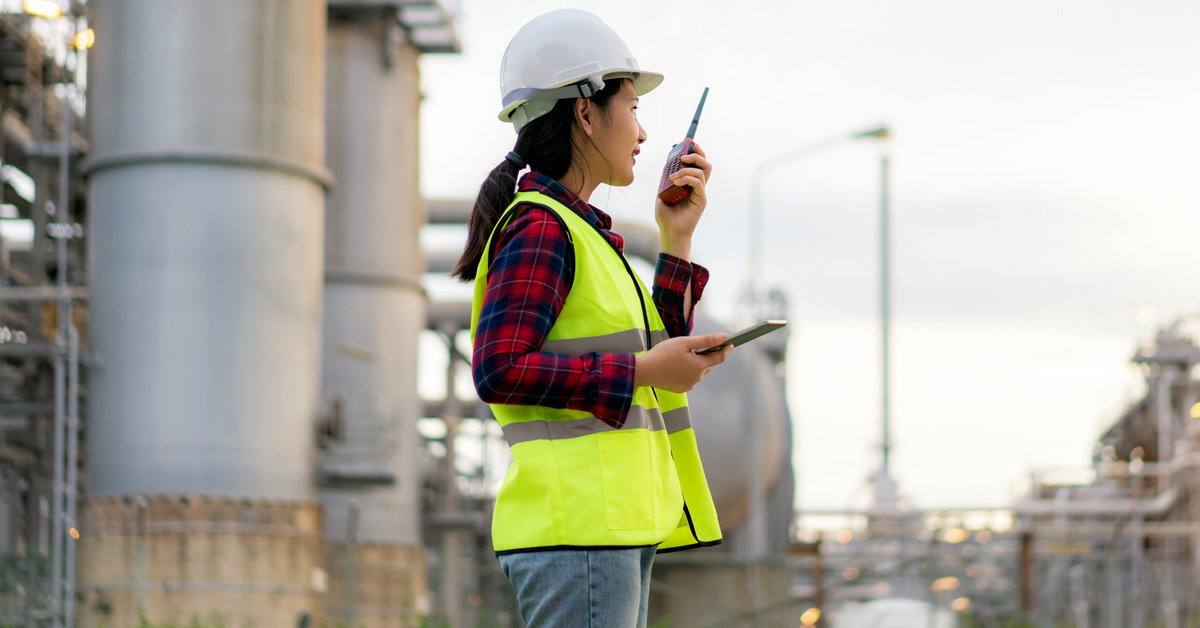
Utilizing Repeaters To Extend Range
Repeaters are invaluable tools for extending the reach of two-way radios. A repeater effectively receives a signal and retransmits it at a higher power, providing coverage over longer distances and around obstacles. Think of it as a relay station that bridges the gap between two points.
Using a strategically placed repeater gives the added advantage of improving signal consistency in areas with challenging terrain or dense urban environments. Many repeaters are part of publicly accessible networks. However, you can also install private repeaters to meet specific needs. For enterprises and emergency responders, leveraging this technology allows for seamless communication across a broader geographic footprint.
Minimizing Signal Interference
Clear communication largely depends on keeping interference to a minimum. Signal interruption can occur from overlapping frequencies, nearby electronic devices, or even environmental conditions like heavy storms. Users can combat interference by selecting channels with less activity or utilizing radios with privacy codes that filter out unwanted transmissions.
Properly maintaining your equipment also plays a key role in reducing interference. Regular checks to ensure cables, connectors, and antennas are functioning properly can eliminate potential weak links in your system. Advanced models of two-way radios often include features like noise-canceling capabilities or interference-reducing filters, both of which add an extra layer of clarity in challenging conditions.
Managing Power for Extended Operation
Power is essential for any two-way radio system. Long-distance communication requires adequate power to maintain signal strength, especially in areas where transmission conditions are less than ideal. Always fully charge your radio before use as part of your routine preparation.
Carrying spare batteries or portable chargers allows you to maintain communication over extended periods without interruption. Lithium-ion batteries, known for their longer lifespan and efficiency, are an excellent choice for those requiring consistent power. Keep in mind that transmitting at maximum power levels drains battery life more quickly, so balance your power output with the operational demands of your situation.
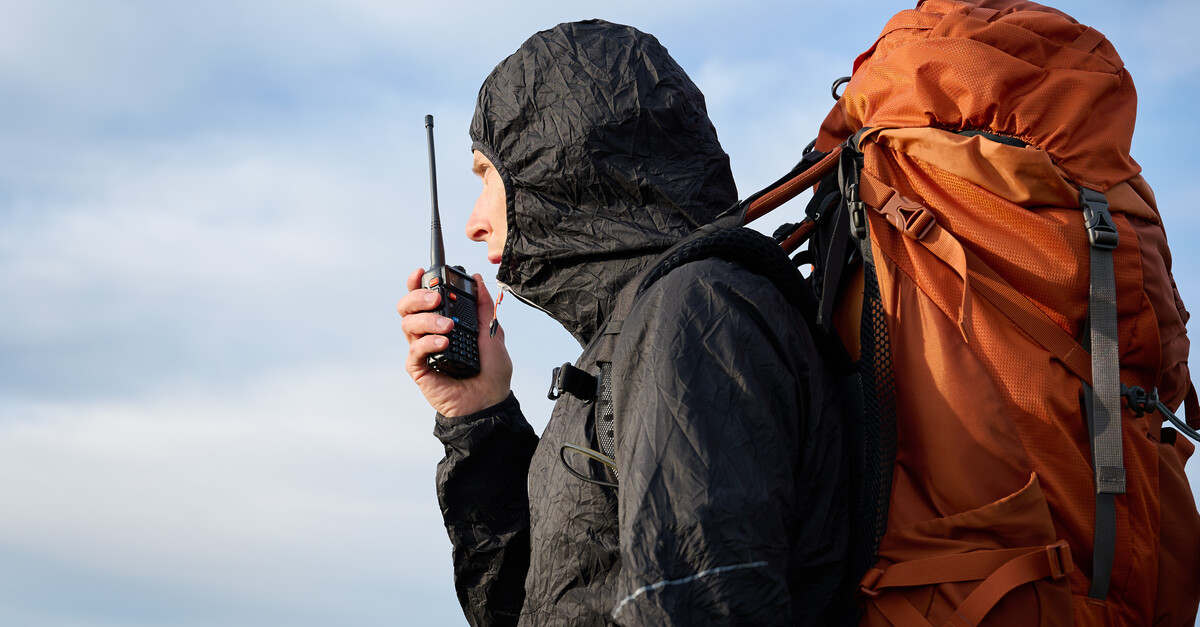
Following Best Practices for Clear and Reliable Communication
Maximizing the effectiveness of your two-way radio communication starts with adopting a series of best practices. First, make sure all users clearly understand how to use the equipment. Familiarity with functions like channel selection, power adjustment, and privacy modes will eliminate confusion during critical moments.
Keep your messages concise but informative. Overly long transmissions drain your battery faster and can introduce room for miscommunication. Using standard protocols, such as confirming receipt of a message with “Roger” or “Copy,” helps maintain professionalism and clarity, especially in team scenarios.
Regularly testing your equipment and practicing communication in realistic scenarios keeps you prepared for when distance or circumstances challenge your radio’s performance. These small, consistent efforts pay dividends in maintaining open lines of communication when it matters most.
Making Every Word Count
Long-distance two-way radio communication can be a lifeline, a source of convenience, or even a fun way to stay connected during activities. By understanding the fundamentals of radio wave behavior, choosing the right equipment, optimizing your antenna setup, and adopting advanced tools like repeaters, you can significantly enhance communication range and reliability.
Whether you’re using radios for work or play, applying these tips for long-distance two-way radio communication will empower you to take full control of your communication network. Invest in your understanding of these tools and you’ll discover that distance doesn’t have to be a barrier to staying connected.
Staying Connected With Battery Distributors
Long-distance communication requires a dependable power supply for your radio. At Battery Distributors, we carry a variety of high-quality batteries, including a complete line of Kenwood radio battery replacements. Kenwood two-way radio batteries are dependable and ensure clear audio transmission and long operation hours. Work with Battery Distributors to find the perfect radio battery for your specific needs.



